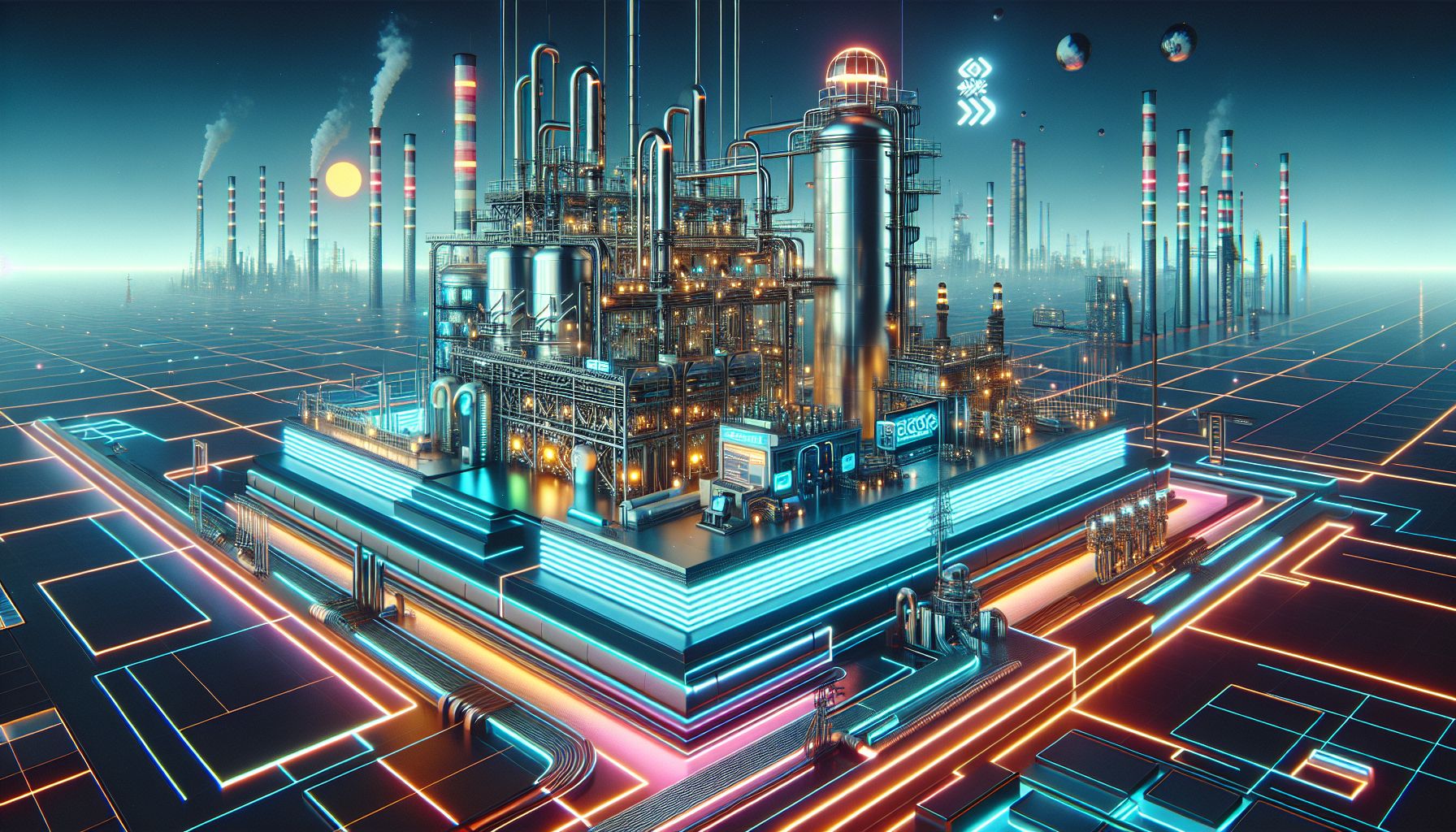Germany's Hydrogen Revolution: Transforming Gas Networks for the Future

Berlin, Monday, 16 June 2025.
Germany is converting its gas transmission network to hydrogen, reducing climate impact by 90%. This shift propels a sustainable energy transition, cutting emissions and decreasing fossil fuel reliance.
A Radical Green Shift
So, here’s the scoop: Germany is ready to shake things up by converting its natural gas infrastructure to hydrogen. Why, you ask? Simple. This transition can potentially slash operational emissions by a whopping 90%. Imagine uprooting fossil fuel dependence in a single swoop! The Wuppertal Institute’s study underscores this move, stressing that while hydrogen itself isn’t totally squeaky clean, its impact is far less grim than natural gas. The challenge, though, is making sure the whole hydrogen setup—from production to pipelines—is as green as it can get [1].
Hydrogen: A Balancing Act
Now, I bet you’re wondering about the nitty-gritty details of hydrogen’s environmental charms. Scientists caution against jumping to conclusions just based on Global Warming Potential (GWP). Though hydrogen has a GWP between 4 and 12, compared to methane’s 30 over a century, it holds more energy per kilo than natural gas. It’s a classic case of not judging a book by its cover—or in this case, a gas by its GWP alone [1][5].
Germany’s Blueprint for Change
If Germany is to play the hydrogen card right, it must weave a seamless tapestry of technology and regulation. The focus is not just on swapping pipelines but building a robust ecosystem where green hydrogen thrives. From tackling energy grid integration to ensuring hydrogen stations dotting the landscape, the country’s plans include garnering 300,000 new jobs by 2035. This isn’t just about turning channels; it’s about steering an entire nation towards sustainable growth [5].
Understanding the Broader Context
Germany isn’t the only player banking on hydrogen’s potential. Spain, for instance, has launched hydrogen ‘valleys,’ boosting locales with hefty investments and infrastructures to churn out renewable hydrogen. Meanwhile, global aviation giants like Airbus are keen on cutting emissions, not merely by reducing fuel consumption but also considering hydrogen-powered aircraft [4][7]. Across the board, it’s clear: hydrogen is stepping out of the shadows and into the spotlight, promising a cleaner energy horizon [7].
The Bigger Picture: More Than Just Pipes
Remember, while this large-scale infrastructure overhaul is thrilling, it’s not a magic wand. Germany’s success in hydrogen hinges on a holistic approach—considering everything from upstream processes to the elusive climate-neutral electricity grid. Without addressing these crucial facets, transitioning pipelines could be akin to treating symptoms rather than the cause [1]. But if all gears turn right, Germany could blaze a trail, showing how energy transitions can morph into practical, impactful reality [1].